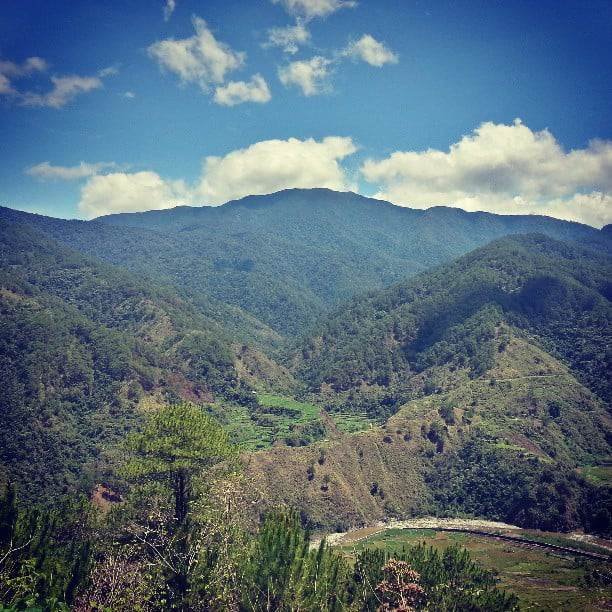
NNarrator: Oral history revealed that the place was used to be a hunting ground of the people of its nearby places. This place is note of its abundant wild animals and balite trees thus the hunters going to the place during those days named their hunting ground as “Mabalite” which is carried up to the present time. According to the elders of the place barangay Mabalite became a barrio even before the World War I, because they have their own barrio officials before and during the outbreak of World War II.
Dumayag:
Sino nan omey man obserba ya man Ila sinan ili no situna et mayat ay omey man pastulan sinan nay da taraken. (Who wants to go and and oberserve the place if it was good for pasture area.)
Gao-at:
Situna aay ili et baken lang pagpastulan no diket nalawa metlaeng ay pan samahan si pagey si kataguwan di omili. (This place is not only used for hunting wild animals but also good for fields for the people to live on.)
Narrator:
This place is not only near the barrio along the Decapen river namely Guinabang, Madaon, Sacaddaray, Paytukan, Am-am, Andodon, Mangiti, Aoweg and Sabangena. It was known that these early Settlers came from other different places and can be traced back from Balio-ong, Ayomen, Binobo, Dumayag, Andales, and other families whose either came from nearby places such as Catenhan, Sagilo, Segwen, Kowet, Abubutan, Guinabang and Cayos. It is also believed that these families originated from Besao, Sumadel, Bangnen and Malaya. As the time passed by, other families migrated to the place martial it as a barrio then become one of the barangay of Tadian.
Submitted by:Babawen, Micah
Submitted to: Sir Julius Jay Daskeo Jr.